Bobbins for a tape recorder: types, sizes and purpose
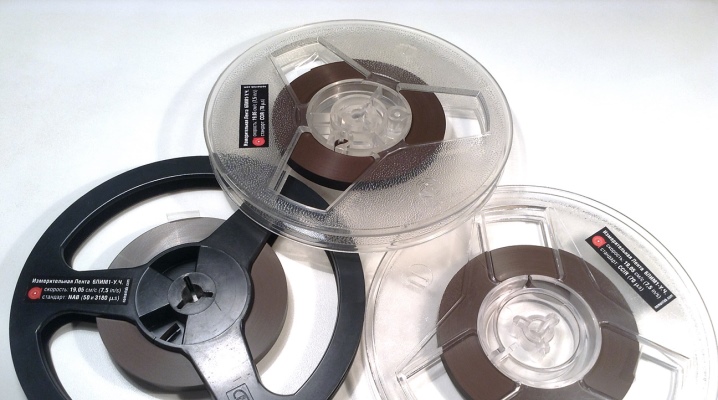
For years, music lovers have "despised" bobbins, preferring technological innovations. Today the situation has changed dramatically - reel-to-reel tape recorders have become the main trend all over the world. This is because bobbins are easy to use and high performing. Therefore, many well-known manufacturers continue to successfully produce stereo systems based on reel decks.
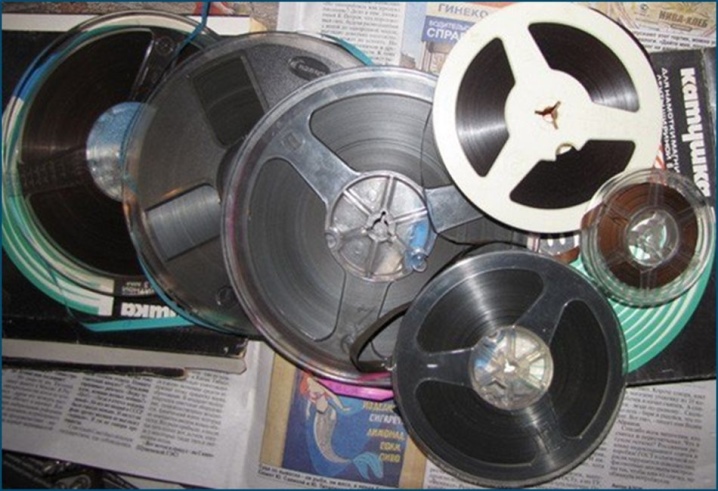
Peculiarities
A reel is a so-called reel on which a film or magnetic tape is wound. Bobbins are mainly produced for reel-to-reel tape recorders and projectors. The tape reel consists of receiving units ("plates"), on which the tape is wound with the working layer inside. In some old models of technology, you can find winding with the working layer outward. This made it possible to prevent backward recording by mistake.
The main disadvantages of using magnetic sound recording include the need for constant maintenance and repair of equipment, its volume. In addition, large coils require a lot of storage space.

Now on sale you can find both reels with ready-made phonograms, and with tapes, on which you can independently record.
It is recommended to store bobbins in rooms with temperatures from +15 to + 26 ° С at a relative humidity of no more than 60%.
With temperature fluctuations, the tape will expand and come into contact with the spool, which, in turn, will lead to uneven winding and damage.
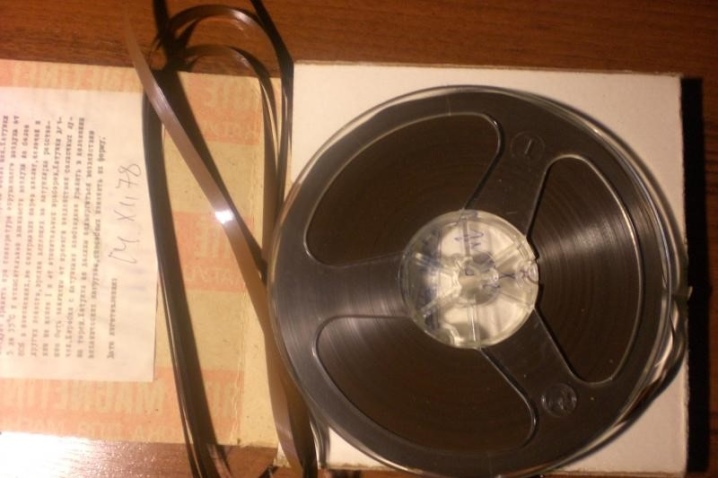
Types and sizes
There are different types of bobbins, they differ in size, color, shape and width. In addition, the coils can be made of metal or plastic. The first option is considered the best, since the metal has the ability to remove static from the tape. As for the plastic ones, they are much lighter and significantly reduce the load on the reel assemblies.
In addition, the following types of bobbins are distinguished:
- reception - on which the film is wound;
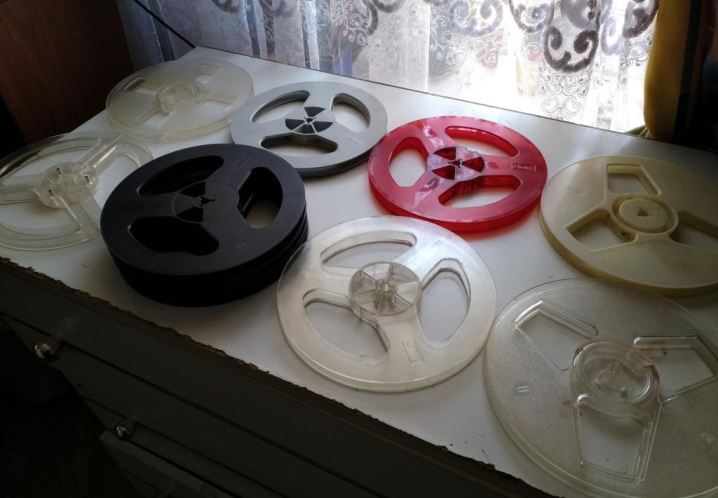
- serving - from which the film is wound;
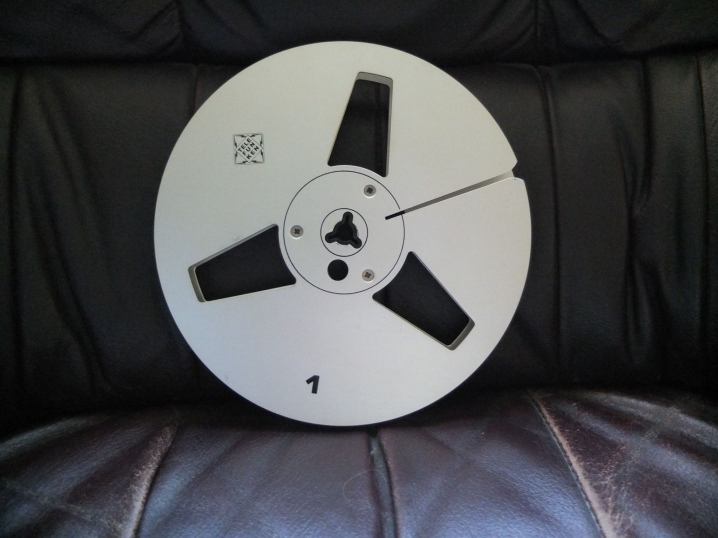
- test - with its help, the operation of the tape recorder is checked;
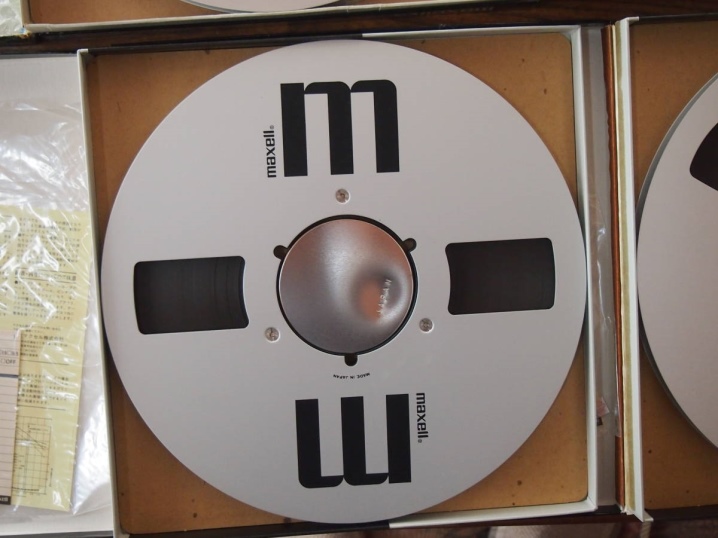
- endless - contains a small amount of tape, which, after being unwound, starts rewinding;

- unilateral - used on assembly tables, consists of a lower cheek and a core;
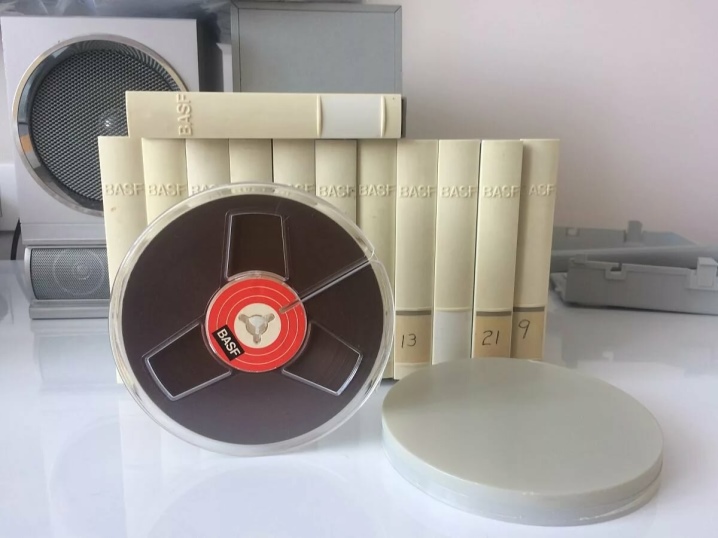
- collapsible - its design provides for the removal of one or both cheeks.
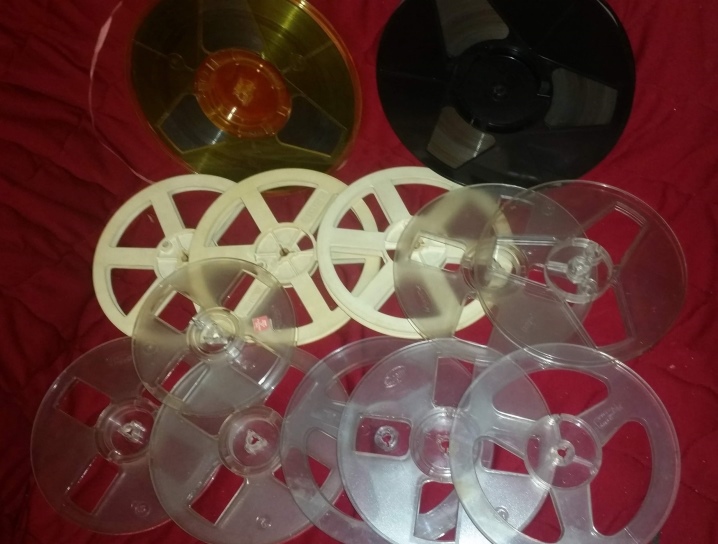
As for the size of the coils, these are considered the most common.
- 35.5 cm... These reels are not suitable for all tape recorders. The diameter of their winding base is 114 mm, and the length of the tape is 2200 m.
- 31.7 cm... Designed for 1650 m of tape, the diameter of their base is 114 mm. They are very rare and only fit on the Studer A80 and STM 610.
- 27 cm... This is a commonly used reel option as it is ideal for hobbyist and professional tape recorders. Up to 1100 m of gold colored tape can be wound on a reel.
- 22 cm... Designed exclusively for professional recordings that are recorded at 19 vinyl speeds. One side of the reel is enough for 45 minutes of listening. The total length of the film in such reels does not exceed 800 m.
- 15 cm... These are the largest coils commonly used on vacuum tube recorders. The length of their tape is 375 m, and the diameter of the winding base is 50 mm.
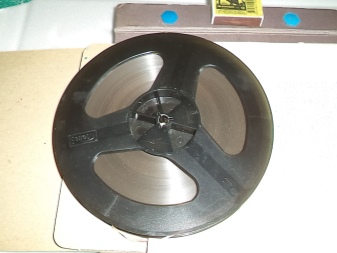
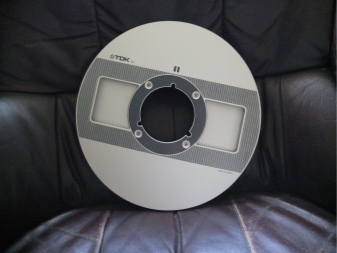
Application
Today, tape reels are widely used for the restoration (re-recording) of audio cassettes.They can also be used to professionally record sound in mono and stereo formats. The information recorded on magnetic tapes increases the safety of the sound recording and extends its life. In addition, the film reels can be reused for making copies.
An overview of the reels on the Olympus and Electronics tape recorders, see below.













The comment was sent successfully.